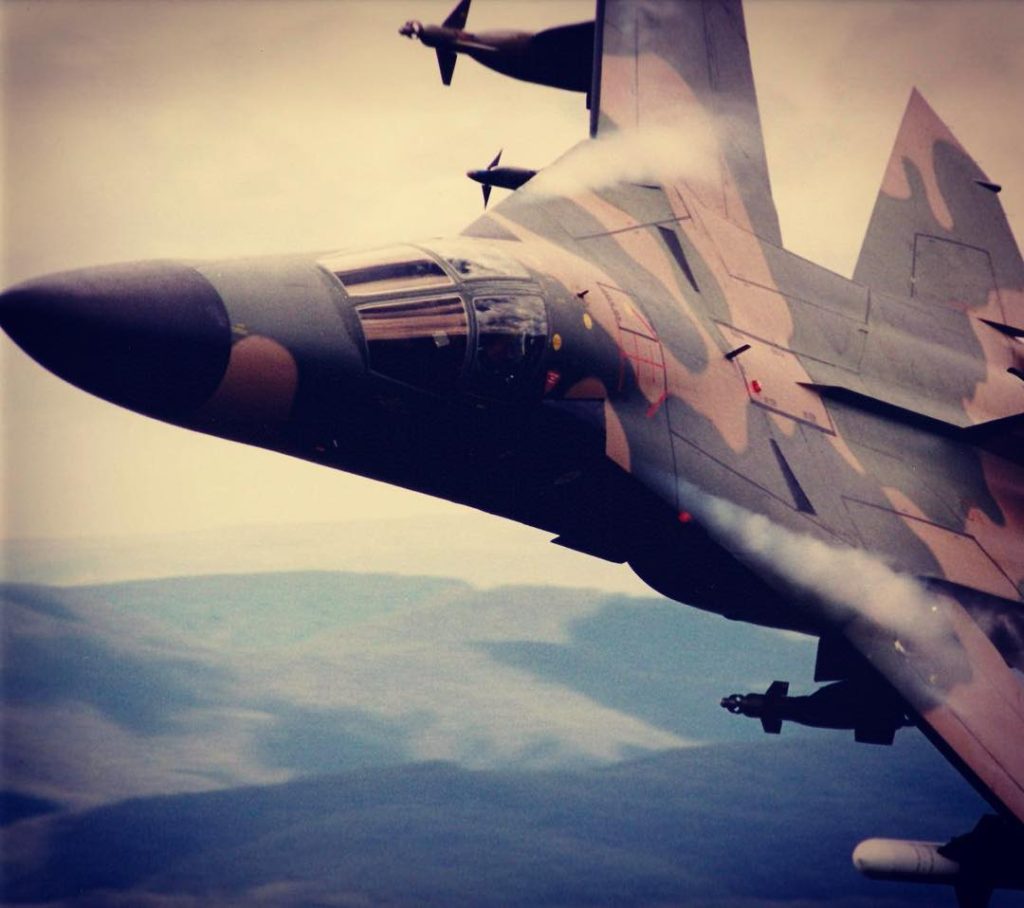My Military Career
Aviation has been a big part of my life so I wanted to share my time in my military career in the Royal Australian air force and more. Let me share some of those experiences with you and as always if you have any questions contact me through Lets Fly VFR YouTube channel.
Military Career – Training.
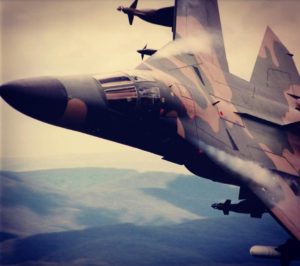
I have personally been involved in military aviation for many years! It has taken me to parts of the world I never expected and I now live in one of these countries. I have spent more that 20 years outside my home country of Australia all because of my military career.
My introduction to aviation was in the Royal Australian Air Force as an Armament Fitter back in 1980. I have always loved aircraft so a military career was always where I would end up. I joined as an adult where many joined as apprentices.
The difference with my military career was I chose to follow advice from my uncle who was a RAAF engine fitter and Vietnam Veteran. This was to become an adult trainee and not an apprentice took 4 years to get qualified. Adult entries took about 18 months in total to be out on the job in a squadron. I am a firm believer that my path was the best getting me out to a squadron working hands on with the best technology available at the time.
Basic Training
It took me just over a year of intensive physical and technical training. The pass mark was always 70% or more. Some of the safety phases were 90%. This level of training ensured I would be here to write this and not killed by the many explosive weapons and dangerous aircraft systems that I encountered.
We leant Our basic marching and really how to work as a team in Adelaide Australia at the Edinburgh Air Base. Once the marching was complete after about 3 months we headed to technical school.
The first course was basic fitters and this tested our hand skills and much more to the limit. Sometimes it was to much for some and they were moved to another option or left in some instances.
On completing the fitters course we moved onto individual technical training where I learnt everything from small arms to fault finding electrical systems and escape systems. Its a very broad range of tasks for armament fitters. It proved to be an amazing military career choice.
The F-111 Ardvark (Pig)
I worked on F-111 aircraft at Amberly in Queensland which was a fantastic time in my military career. This was a huge aircraft with the speed and range to get anywhere fast.
Truly intercontinental with the ability to strike with great accuracy, fly fast and very low to avoid enemy radars. It was also great to work on with its size it meant we didn’t have to grovel on the tarmac all the time. We could simply stand and load weapons, refuel and service the aircraft.
In my travels I visited the Singaporean air force base they had a upgraded the A4 Sky hawk re engine with one of the new F-18 Engines minus the afterburner. That had an impressive take off performance for sure.
In one of my detachments to Singapore I was given the opportunity to have a back-seat ride in the then aging Mirage IIIO fighter. This was an amazing thrill with even its old age this was a true interceptor managing into Mach 2 at altitude. I’ll share more about this flight of a lifetime with more detail here on the website.
Mirage IIIO Fighter Squadron
Malaysia was my next posting to work on Mirage IIIO fighters. This part of my military career was back in the 1980’s and it was a very exciting time for me. It was my first time overseas and I wanted to drink in the culture.
I decided quickly the Malaysian culture wasn’t for me. I got introduced to Thailand and never looked back. I loved the people and started to learn the language straight away. Today I am fluent in Thai and my own local dialect in Northern Thailand. Thai is our house language. I rarely speak English at home. I love the challenge of learning more words all the time.
The Mirage IIIO was a great fighter but more an interceptor as this was its original design task. Very fast and well armed with 30 mm cannons as well as Sidewinder and Matra infra red missiles plus the French Matra 530 Radar Missile. We could also load practice bombs and much more.
F-16 and F20

I saw and sat in F-16’s from the US Air Force. They flew from Japan in an effort to train with us and the Malaysian Air Force. It was an attempt to sell the F-16 to the Malaysian government I believe.
They would go head to head with us and the F-5’s of the Malaysian Air Force. When it got to hard for the F-16’s they would simply pull a 9G turn which neither of the older jets were capable. They were surprisingly spacious in the cockpit and the view was amazing. It felt like you were on top of the aircraft and not in it. Amazing!
The F-20 Tiger Shark which crashed a few weeks latter during a display. It was quite an impressive aircraft. Its climb and turn rate were fantastic but whether it could keep up with the F-16 Falcon is a question I can’t answer.
ARDU – Research Toys
Returning to Australia I was posted to the Australian Air Force Research and Development Unit known as ARDU.
This was a place full of excitement with every aircraft, helicopter and transport at our fingertips. Having already worked on the Mirage and the F-111 I was in a great place and soon also got my qualification on the very new F-18 Hornet not the F18A Classic.
At the time this was an amazing aircraft able to fly slower than our basic prop flight trainer but it was at a very high angle of attack.
When the F-18 did these slow flights the angle attack was so high, and the twin vertical tails were sucked together to a point the air force stopped doing it because of concerns of the additional ware put on the tails.
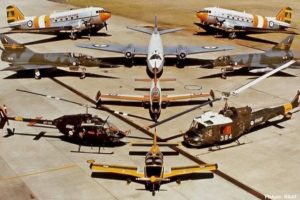
The F-18A – Hornet – Classic
The Research and Development Unit needed F-18 trained personnel so I got sent to Newcastle to the Williamstown Air Force Base to do the F-18 course. Part of this course and really the highlight for me was the flying the F18 Simulator.
It was to be the highlight for me being a flight sim nut already. The home computers back then were running 8 mhz CPU’s so it was very different to the 12 core 3.8Ghz Ryzen 5 2600 I have today.
The flight simulator for the F-18 was fixed and really was more a system learning tool. We were able to fly it and fire missiles and fire the gun. The graphics were only in twilight as the RAAF skimped out on full daylight graphics. This was very disappointing for me when I saw the screens light up. The visuals were just night time and the details of this multi million training system were a bit disappointing.
If you fly Eagle Dynamics Digital Combat Simulator (DCS), then your graphics are far far better than what I saw that day. It was still a lot of fun and we did learn a lot about the HOTAS system while tearing up the virtual sky.
The picture below shows how slow the F-18 could fly next to the Dakota C47 Transport. Spent some tie flying around in this aircraft.
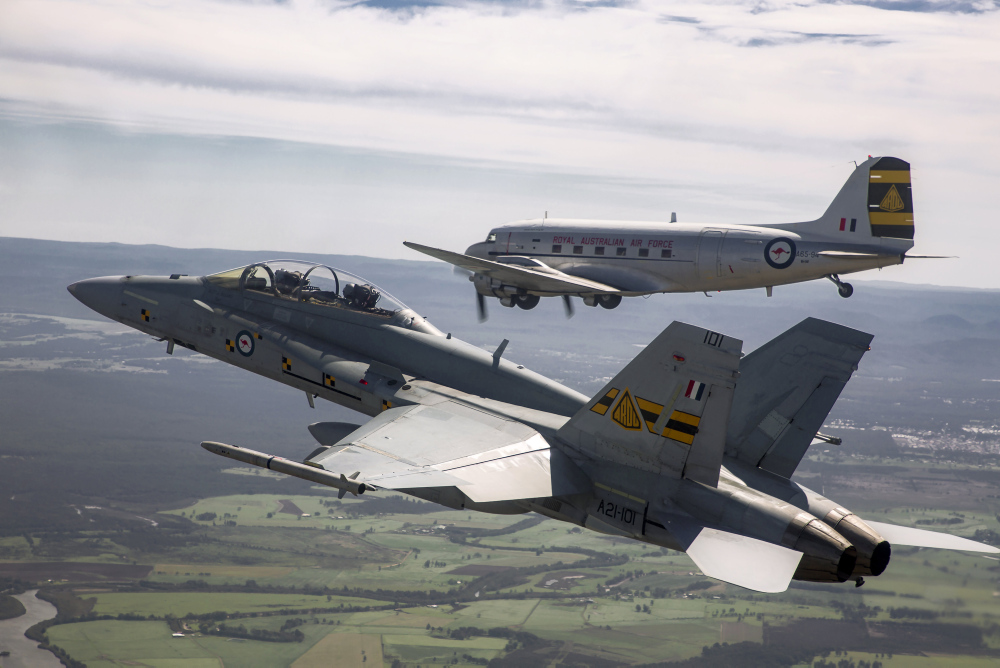
Helicopter Door Gunner
While posted to ARDU I got to fire door guns from helicopters while testing a new door mount for the Black Hawk Helicopter. That was enormous fun as well as very practical testing of this weapon system. If you think shooting a machine gun out the door of a moving helicopter is easy, then let me enlighten you quickly.
The factors to consider are that the black hawk helicopter is moving which imparts a force on the bullet, the next this is the standard drop of the bullet as well as wind and down draft from the rotors all have an effect on where you have to aim to hit a stationary target which were just drums in a salt lake in Woomera in South Australia.
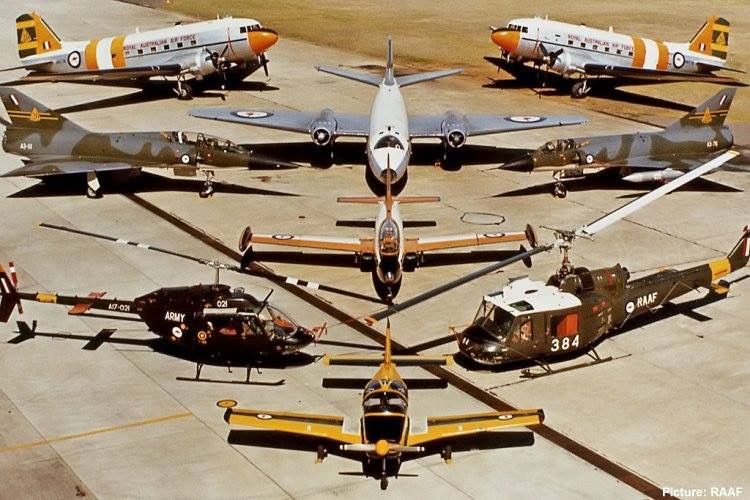
As an Amazon Associate I earn from qualifying purchases.
Saudi Arabia – Tornado – F117 – F15 & more!
I took an opportunity to join British Aerospace after 10 years in the RAAF and headed off initially to the UK to Preston on the West coast to learn all about the mighty Tornado Strike and Air defense variant. This was an exciting time learning these new systems. I also got to see the pre-production variant of the Typhoon and saw the venerable Lightening playing chase plane during testing.
The take-off of a Lightening was just awe inspiring. It was so powerful with those two roaring engines pushing this relatively small aircraft into the sky like a rocket. Amazing to see the acceleration of this aircraft. It was the only chase plane they had to keep up with the Typhoon.
After flight training, I went to Saudi Arabia. Yes, this was a real culture shock for someone who had done some traveling through Asia having visited Singapore, Malaysia and Thailand previously.
I arrived to a very new airbase populated with such an array of aircraft. The RSAF or Royal Saudi Air force operated F5, F15 as well as the two variants of the Tornado which were in different areas of the airbase. We were accepting new aircraft delivered from the UK regularly while the squadrons were being filled with their compliment of aircraft.
( This F117A is parket at my airbase in Khamis Mushayt Saudi Arabia. Once the F117’s returned to the USA we moved our Tornado’s here.)
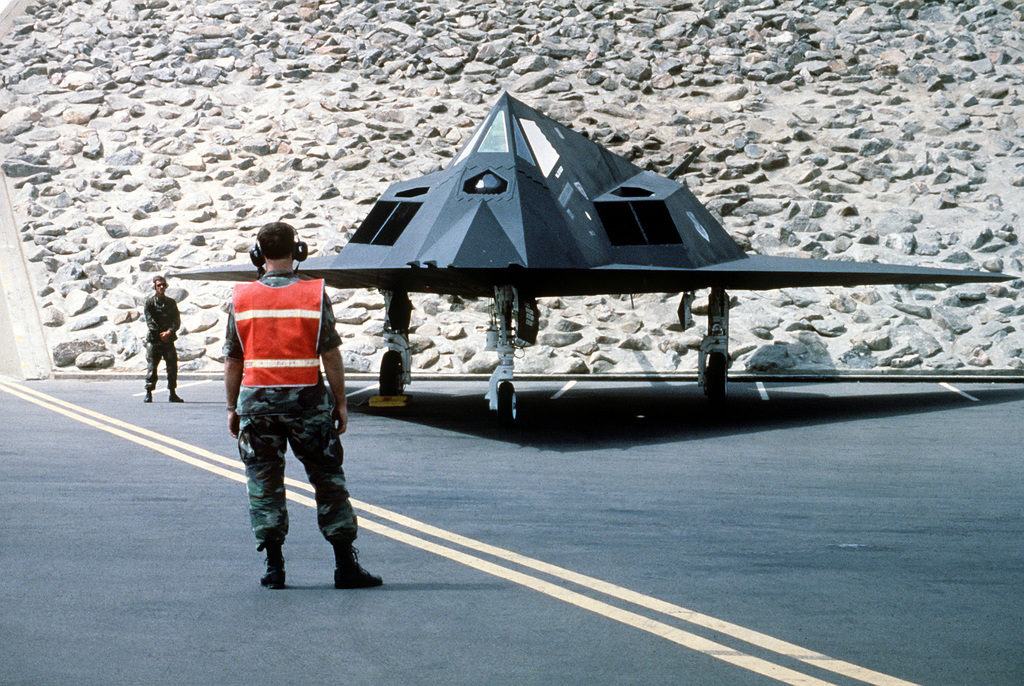
Grab a top quality model aircraft for your collection from Amazon.
This was a turbulent time as the Gulf was V1 had just finished and There were still the very secret F-117A fighters which were housed in a massive amount of hardened aircraft shelters.
In time the RSAF also accepted the new F15 Strike eagle which was and is a fantastic aircraft. Watching the myriad of aircraft take off and land each day was a something I never have got tired of.
The Tornados struggled when loaded heavily to get off the runway especially when it was hot. The other reason was the density altitude as we were already at 7500Ft above sea level. Yes, the airbase was very high up. We were able to drive up to 10,000 ft in our cars through the mountains. You can’t do that many places in the world.
In my time in Saudi Arabia we loaded more live weapons than I had ever seen. We also had round 2 of the gulf war and this was a very tense time. We had whole squadrons loaded with laser guided bombs, anti-radiation missiles, guns as well as air to air missiles and more that I cant tell you about.
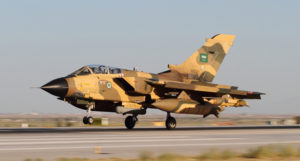
Why I Left after 13 Years
Aviation has been a big aspect of my life as you can see. I ended spending 13 years in Saudi Arabia which came to an end after we had a terrorist attack on my compound which really took its toll on many including myself. We had another incident a while latter in country where a Bae employee was shot in his car. That for me was the last straw and I made the decision I needed to leave.
It got to the point that myself and others would be constantly looking for possible attackers and would take one of the two options to get to work depending on which one was on the green light.
We did not want to be sitting ducks in the line of cars waiting for the red light to change. Its hard to describe how I and many of my workmates reacted to this situation. Some left within days of the compound attack. They were mental wrecks. I became something of a mental wreck I think. But life moves on.
I hope you have enjoyed a snapshot of my working life in military aviation. I will tell you about some of my own light Sport Flying experiences at another time.
Gunnie
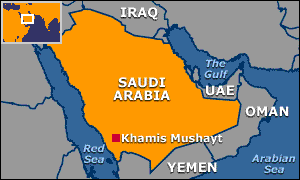
As an Amazon Associate I earn from qualifying purchases.

